David Caron meets stained-glass artist Phyllis Burke, who tells him, ‘a sculptor’s medium is stone, wood or metal, a musician’s is sound, a glassblower’s is glass – but a stained-glass artist’s medium is light, and glass is their tool’
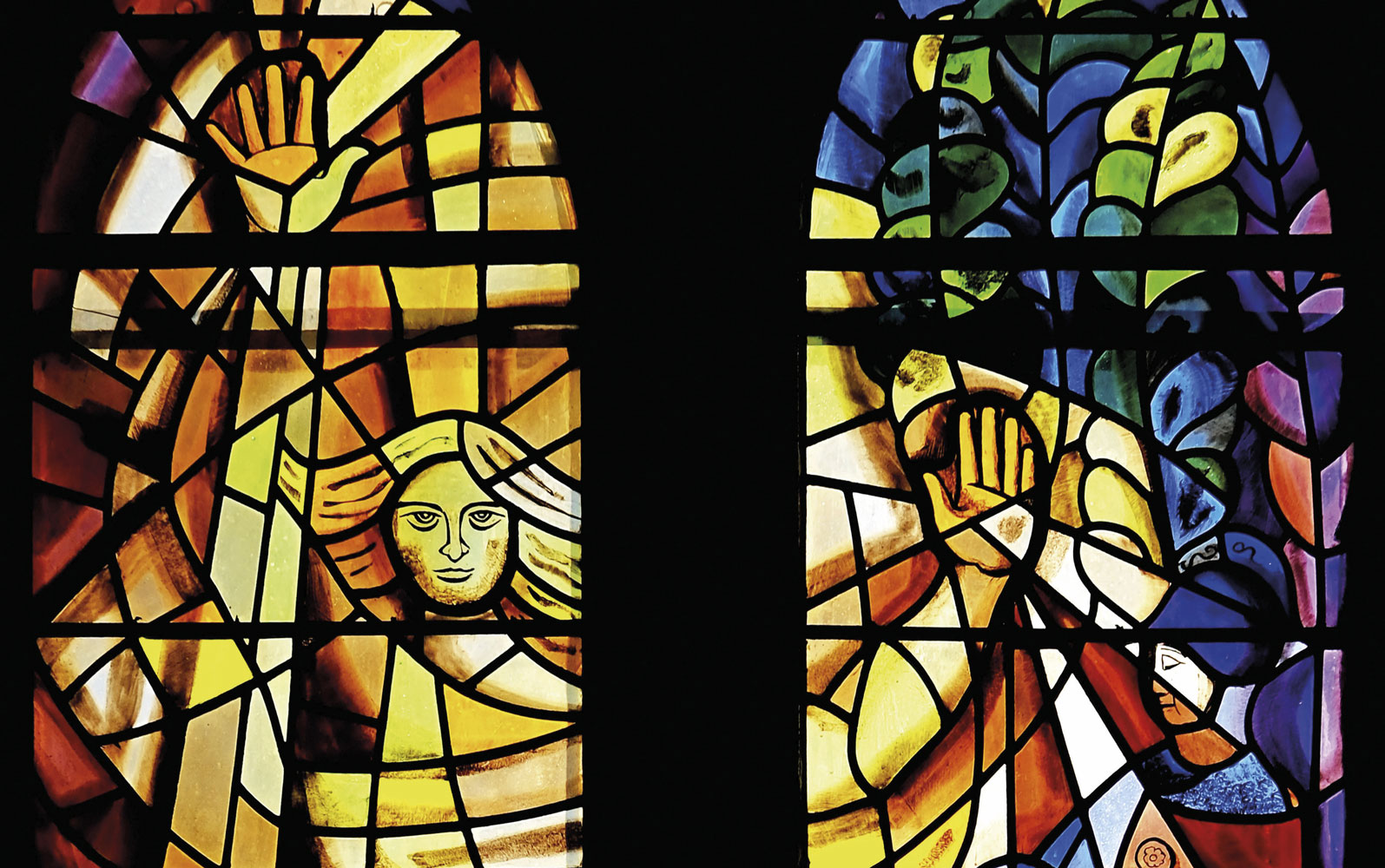
David Caron: You were born in 1930 in Kildare town, before moving to Dublin aged fifteen. Did you come from an artistic family and was your creativity encouraged?
Phyllis Burke: Not really, though my mother painted as a pastime and my older sister, Clare, who later became a nun, used to encourage me to draw. There was no drawing on the curriculum in Kildare, but aged eleven I went to school in Roscrea. The fact that they had drawing classes was an inducement to go to boarding school.
DC: When did you begin attending the National College of Art, and what was your experience like?
PB: I started attending evening classes when I was eighteen. I had Mr [James] Golden first, who taught the basics, and then the next year I went into the life class with Maurice MacGonigal and Seán Keating. I used to attend Seán Keating’s anatomy class too. They were both very good teachers. There was also John Kelly, and I attended Domhnall Ó Murchadha’s sculpture class.
To read this article in full, subscribe or buy this edition of the Irish Arts Review
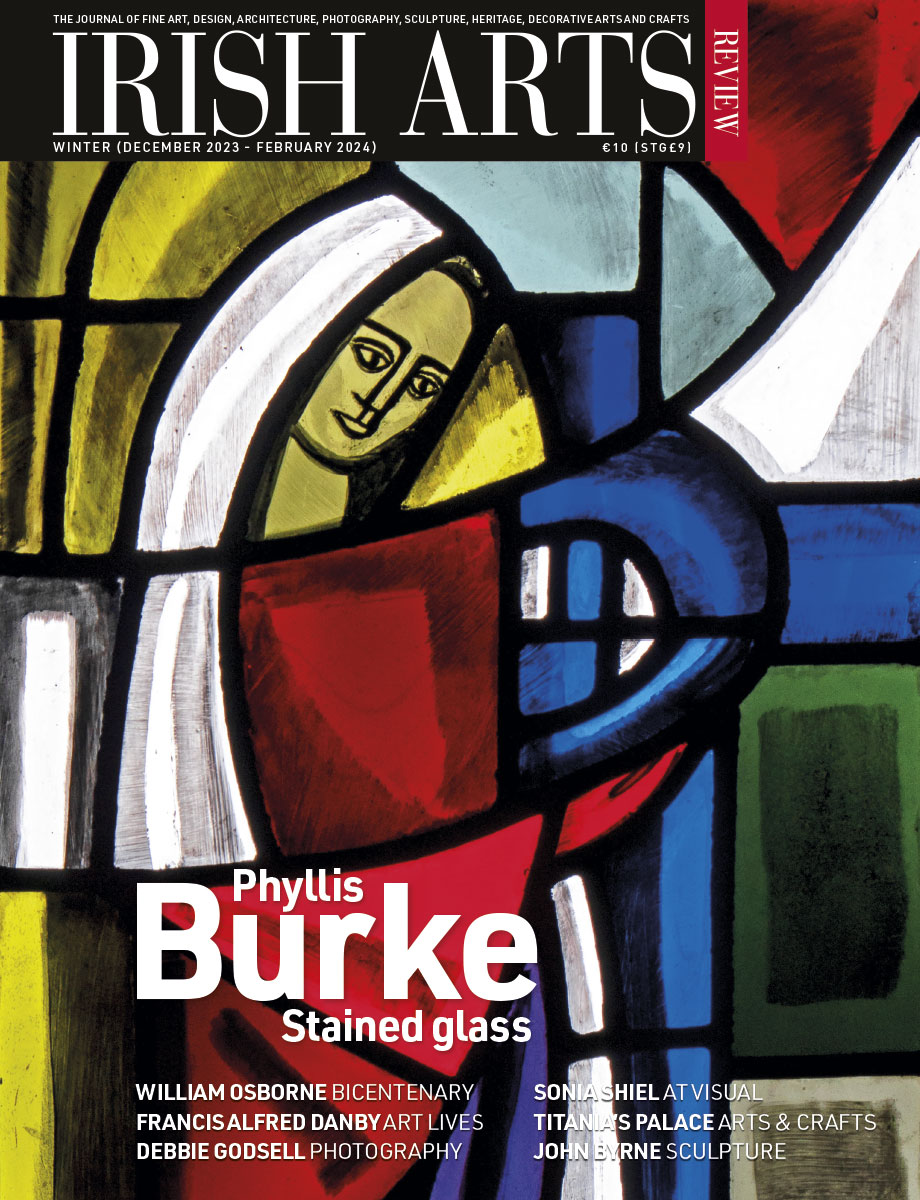
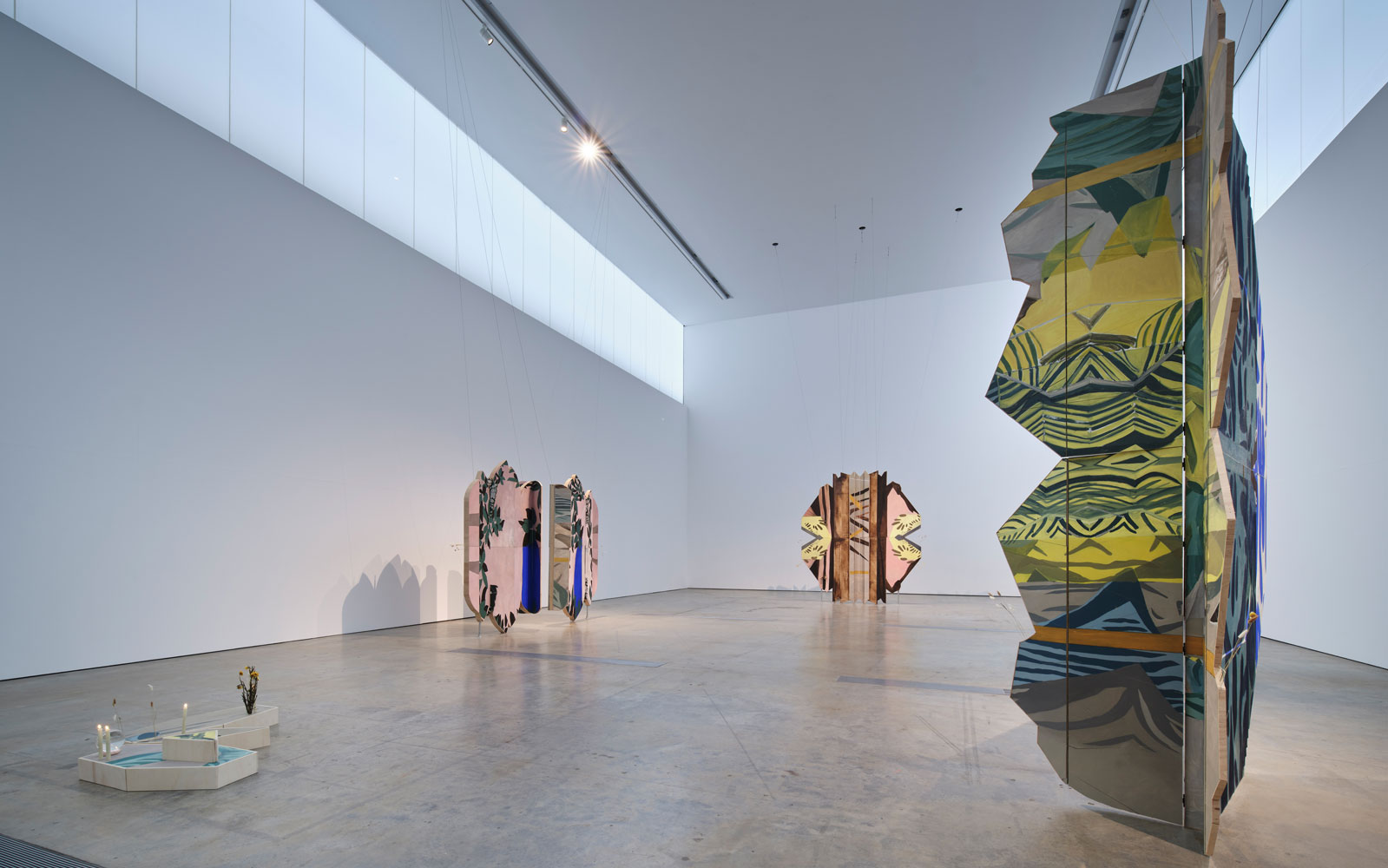
Sonia Shiel turns painting on its head, writes Catherine Marshall, and her exhibition invites reflective pauses, moments to question what you have just seen
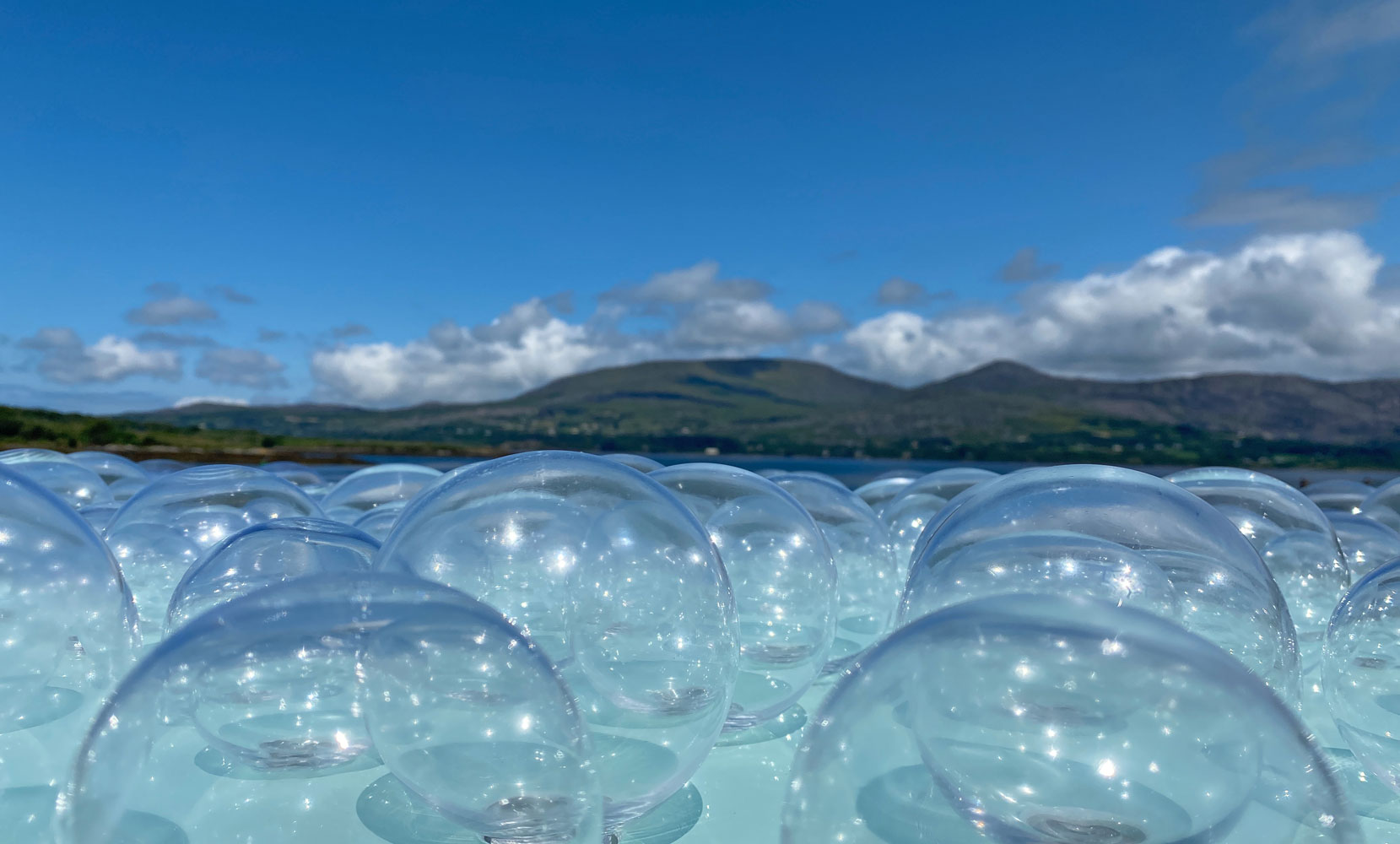
Gráinne Coughlan examines the work of Bere Island artist Mary K Sullivan
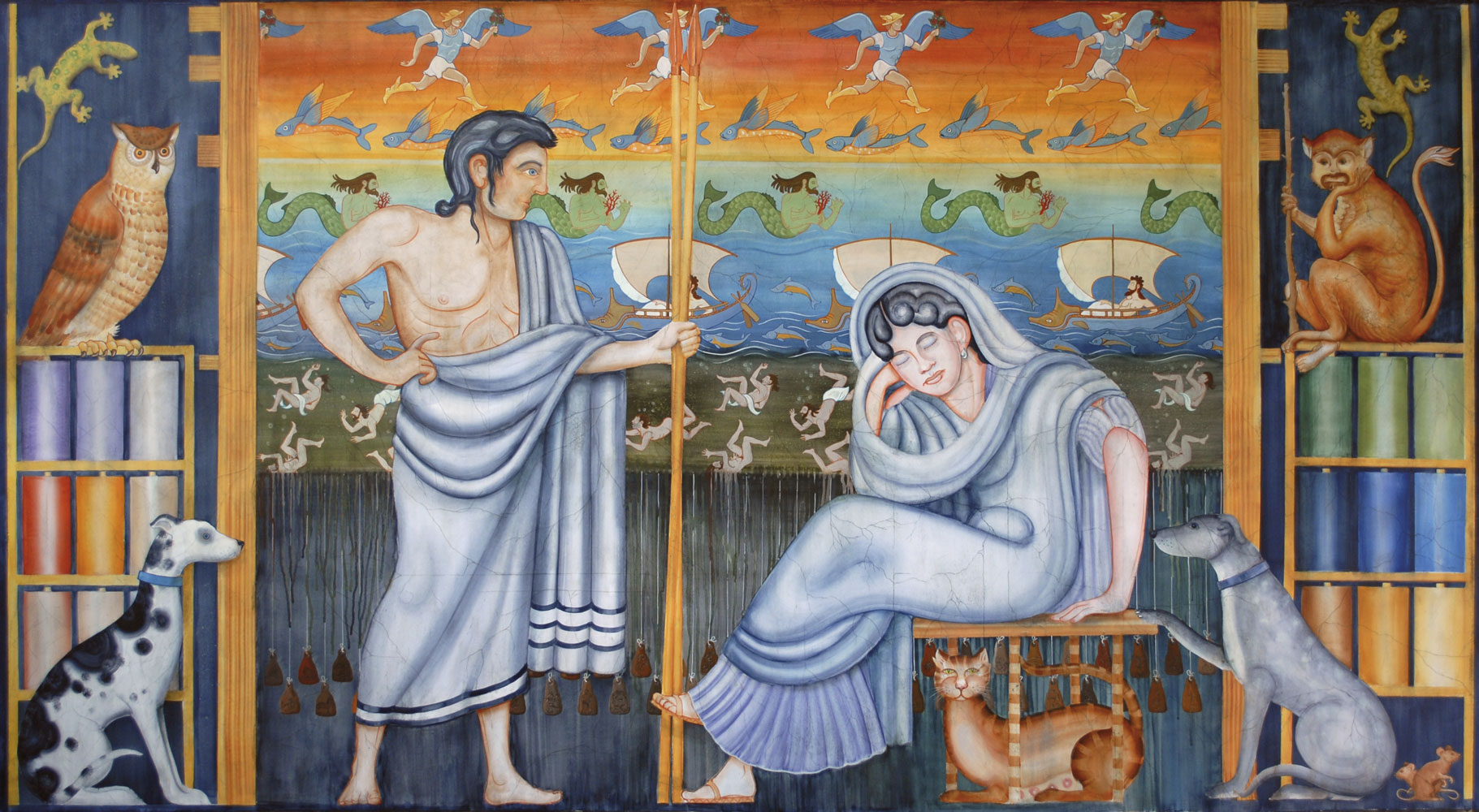
John P O’Sullivan meets with John Kindness ahead of his exhibition ‘Odyssey’, at the Royal Hibernian Academy